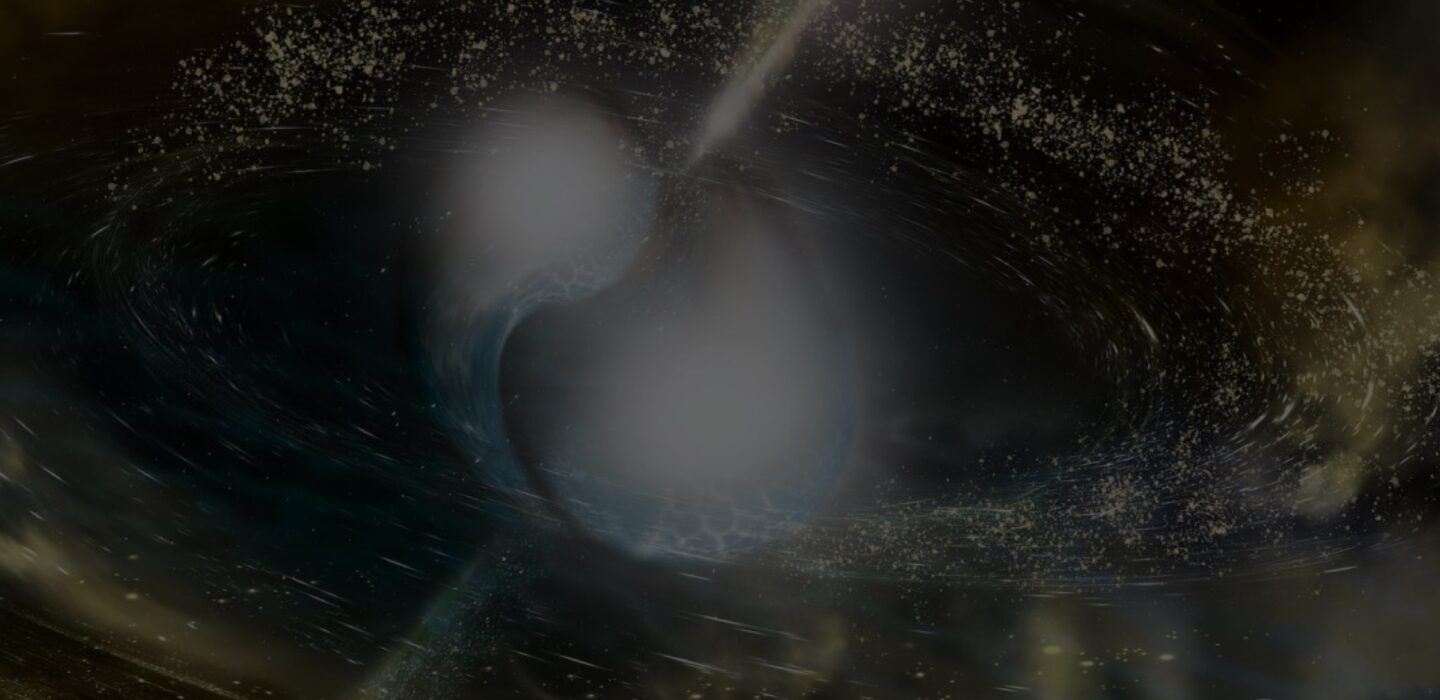MATs: Susan Redmond & Ajay Gill

Monday, February 12, 2024
3:00pm - 4:00pm
Marlar lounge
3:00pm - 3:30pm, Susan Redmond
To the stratosphere and beyond: Correcting quasi-static wavefront error drifts in astronomical telescopes
The study of both Exoplanets and Dark Matter provide valuable information on how we humans came to exist and whether we are alone in the universe. Directly imaging planets is a primary science goal of the Habitable Worlds Observatory recommended by the ASTRO2020 decadal survey and requires long integration times (hours) due to the limited number of photons. The wavefront must be stable over a small field-of-view on the same time scale, which is often difficult in space due to time-varying wavefront errors from thermal gradients and other mechanical instabilities. In order to directly observe a habitable exoplanet, a series of masks are used to redistribute and block the starlight in the region where the planet might be (a ‘dark zone’); these masks are referred to as coronagraphs. Wavefront errors from misalignments and manufacturing defects of the optical surfaces must be corrected via deformable mirrors in order to achieve the required level of starlight suppression.
Dark Matter mapping via cluster weak lensing, like exoplanet imaging, requires a very stable wavefront over hour-long integration times but also requires a large field-of-view. The instruments required to directly image an exoplanet versus to measure Dark Matter via weak lensing are quite different but both suffer from the effects of quasi-static wavefront error drifts. A brief overview of the Super-pressure Balloon-borne Imaging Telescope (SuperBIT) and the technological challenges is provided as well as solutions for exoplanet imaging that utilize active optics and focal plane wavefront sensing and control techniques to create a ‘Dark Zone Maintenance’ algorithm. This algorithm estimates and suppresses the open-loop drifting electric field and is demonstrated using the High-contrast imager for Complex Aperture Telescopes at the Space Telescope Science Institute. Deformable Mirrors are used to inject wavefront error drifts both for monochromatic and broadband experiments. I also demonstrate detection of fake planets injected into the testbed data using various post-processing techniques.
3:30pm – 4:00pm, Ajay Gill
Galaxy cluster weak lensing from the stratosphere with SuperBIT
SuperBIT is a 0.5-meter near-ultraviolet to near-infrared balloon-borne telescope. It provides diffraction-limited imaging over a 15 × 23 arcmin field of view. The science goal of SuperBIT is to map the distribution of dark matter in galaxy clusters using weak gravitational lensing. Weak lensing refers to the small distortions of the shapes of background galaxies due to the gravity of galaxy clusters. SuperBIT launched from Wanaka, NZ, on a NASA superpressure balloon in April 2023 and completed a 45-night flight in the stratosphere. SuperBIT observed 30 galaxy clusters during the flight. In this talk, I will first motivate low-cost scientific experiments such as SuperBIT. I will then present preliminary results of the flight performance, including the pointing and image stabilization, the point spread function, as well as the impact of the sky background on galaxy number densities. SuperBIT is a pathfinder to GigaBIT, which will be a 1.4-meter balloon-borne near-ultraviolet to near-infrared telescope.
Speakers
- Susan Redmond, CalTech Ajay Gill, MIT Aero Astro
Hosts
Event Contacts
- Minghao Yue Daniele Michilli